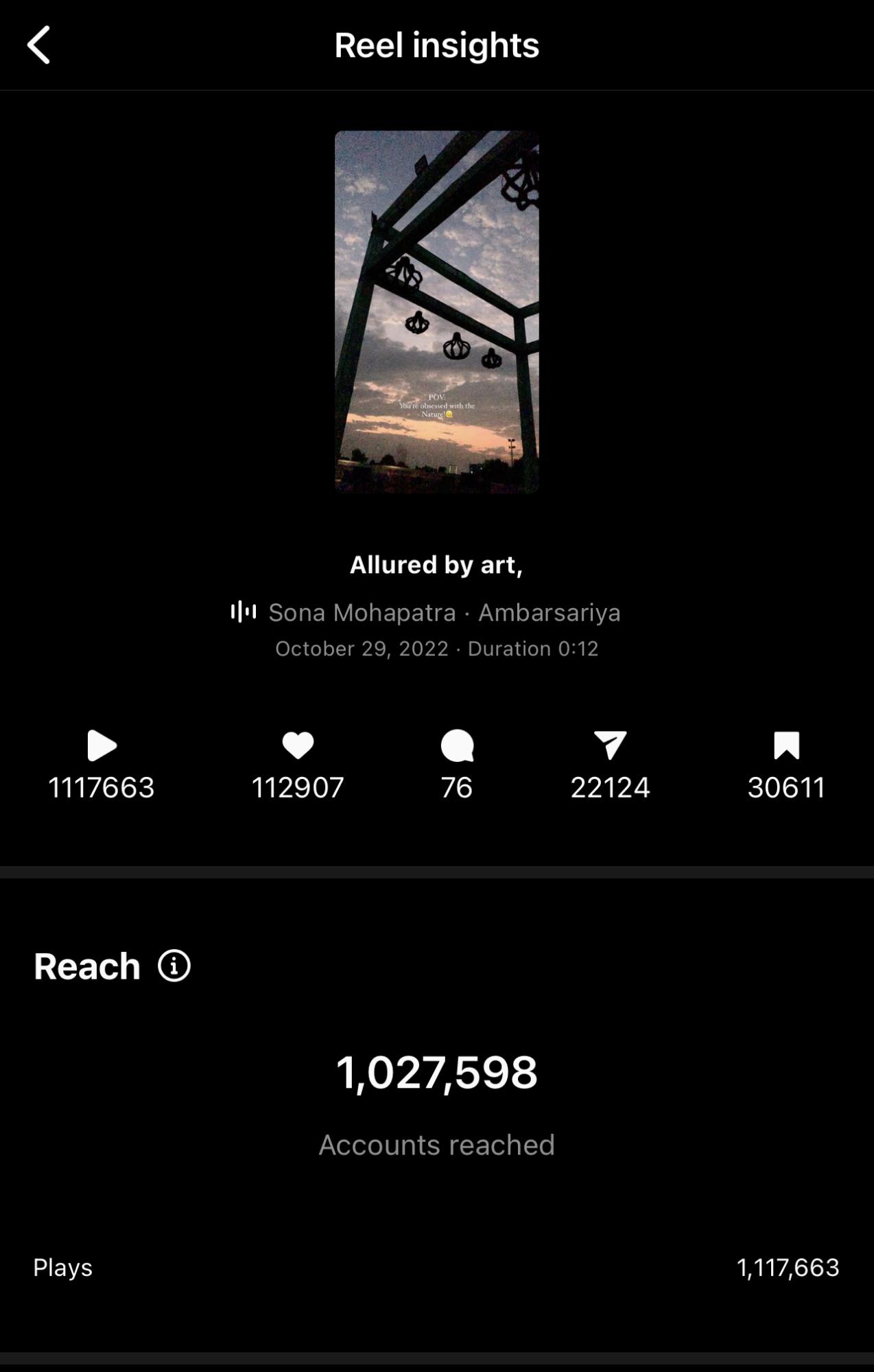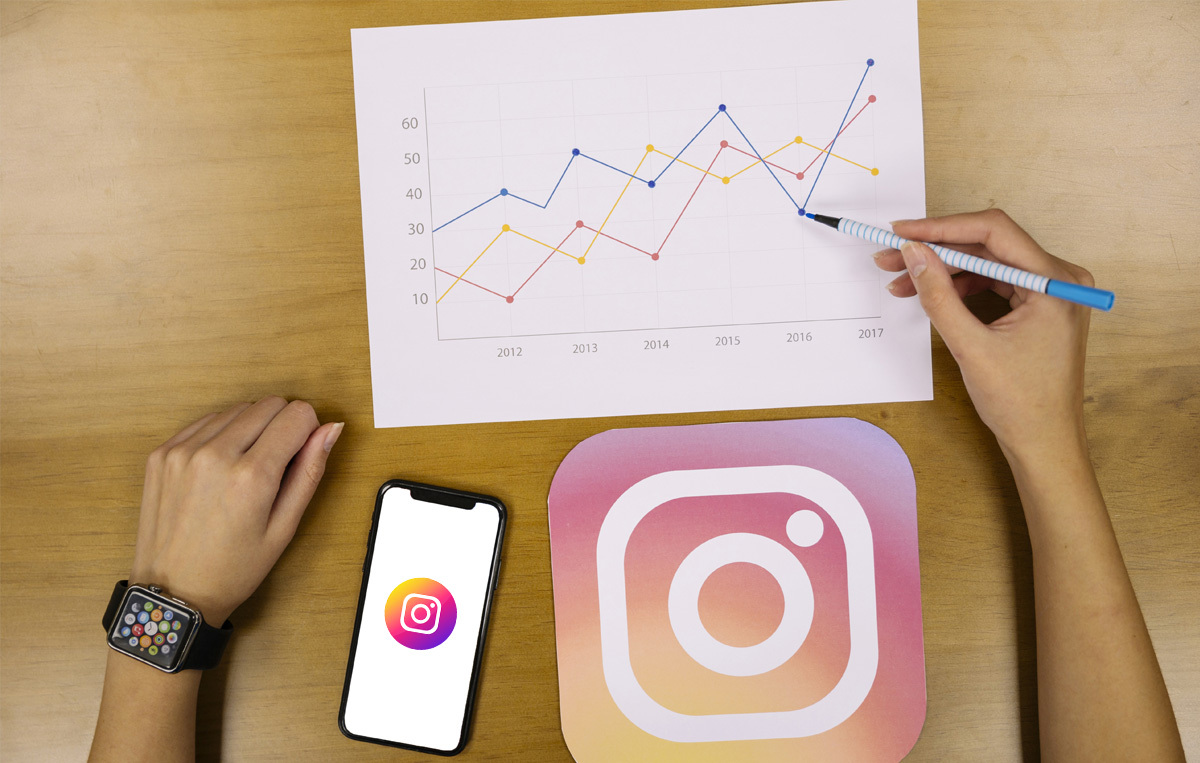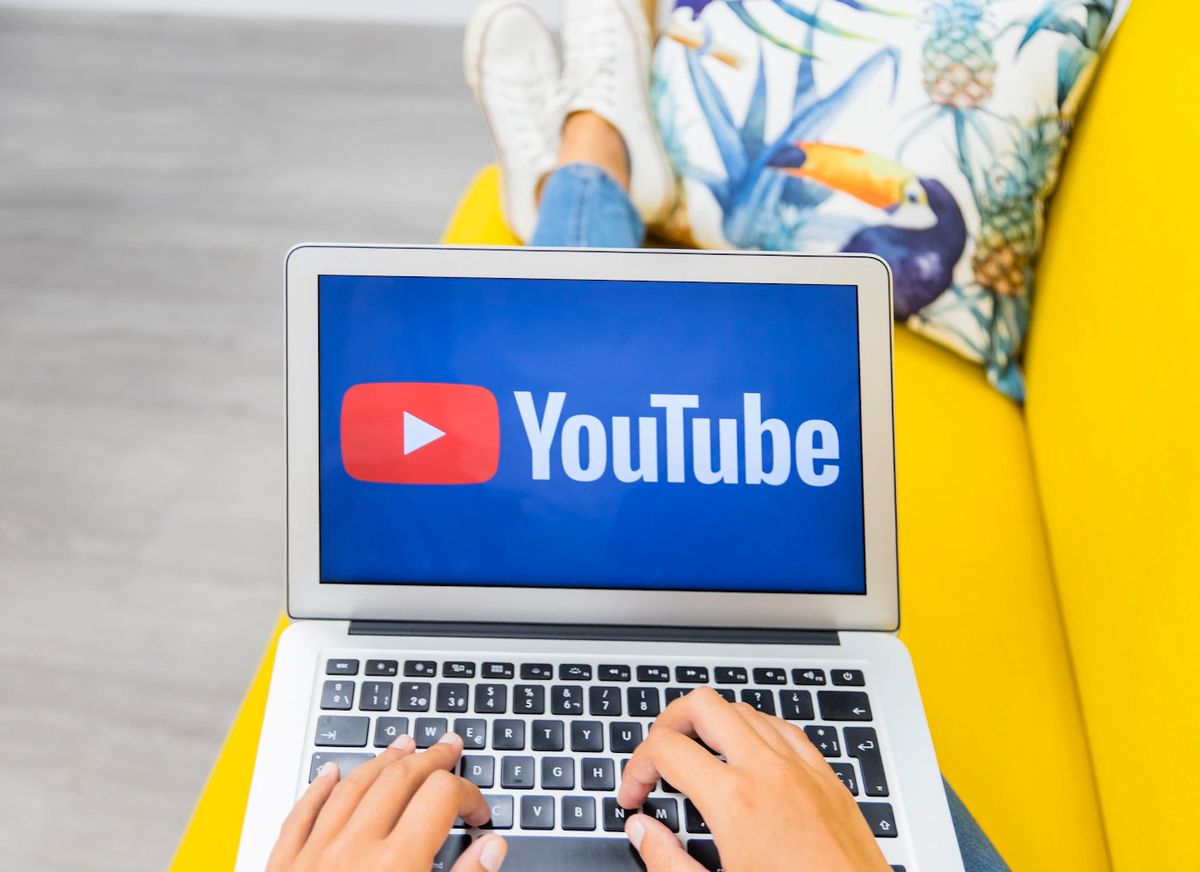More about it:
Social media platforms often have algorithms that decide which posts are shown to users. These algorithms consider multiple factors, such as the user’s interests and the engagement a post receives.
A higher organic reach means more people are seeing the post without paid promotion, which can benefit brands and businesses looking to increase visibility and engagement without spending money on advertising.
You can see the Reach section in the screenshot below. This reel has gathered organic reach using trending hashtags, audio, and a good thumbnail.



